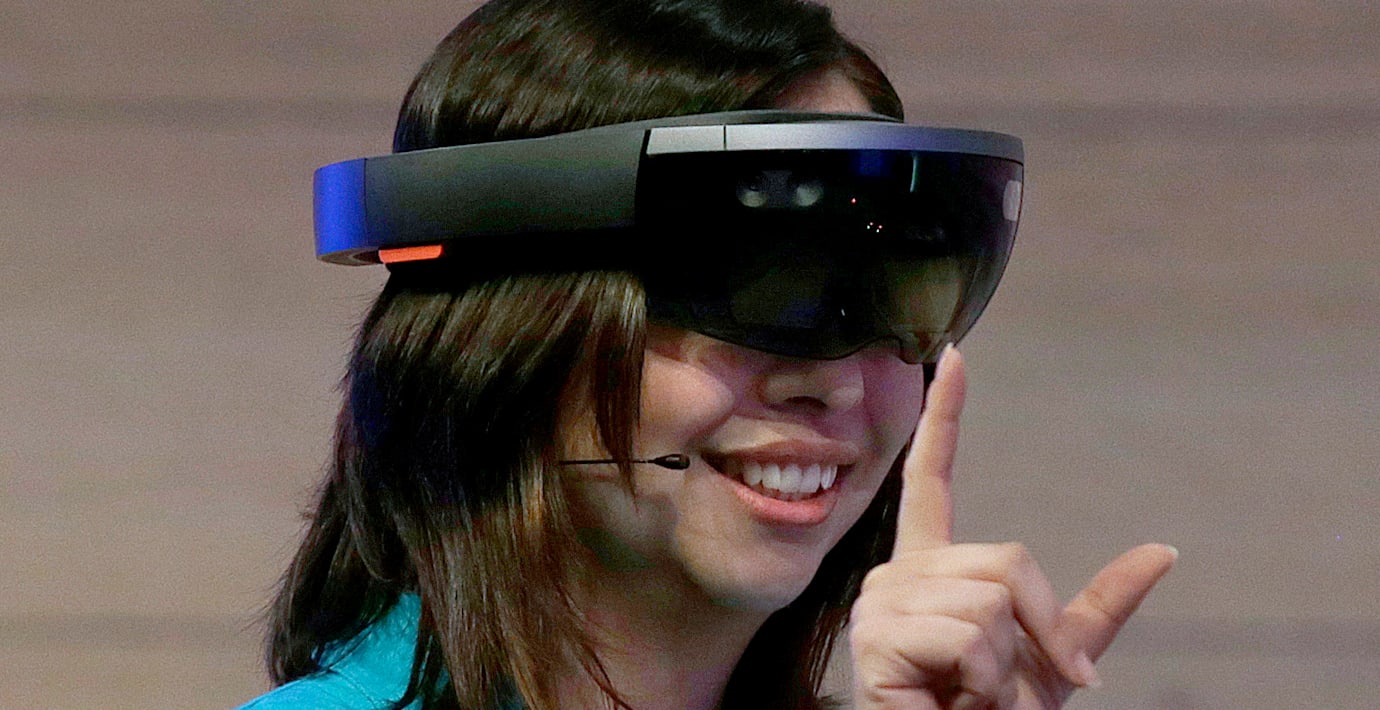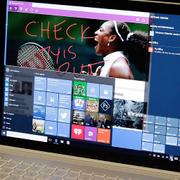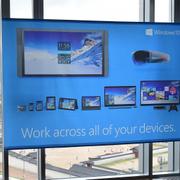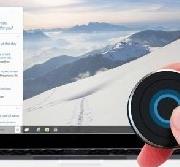
Analys: ”Microsoft vill göra som på 80-talet”
Grunden för Microsofts framgångar på 80-talet var licensiering av operativsystemet DOS, och nu försöker man göra precis samma sak med Windows 10 för sitt holografiska augmented reality-headset Hololens, skriver Business Insiders Matt Weinberger i en analys.
Samtidigt som en rad tillverkare redan börjat tillverka Hololens-kloner och kloner på Microsofts surfplatta Surface så har alla enheterna det gemensamt att de kör Windows 10.
bakgrund
Windows Holographic
Wikipedia (en)
Windows Holographic is a "mixed reality" computing platform, enabling applications in which the live presentation of physical real-world elements is incorporated with that of virtual elements (referred to as "holograms" by Microsoft) such that they are perceived to exist together in a shared environment. A variant of Windows for augmented reality computers (which augment a real-world physical environment with virtual elements) Windows Holographic features an augmented-reality operating environment in which any Universal Windows App can run. In addition, with Holographic APIs, which are part of the Universal Windows Platform, and supported as standard in Windows 10 (including versions for mobile devices and Xbox One), mixed reality features can be readily implemented in any Universal Windows App, for a wide range of Windows 10-based devices.
Microsoft announced Windows Holographic at its "Windows 10: The Next Chapter" press event on January 21, 2015. It is set to be introduced through the smart glasses headset Microsoft HoloLens, as part of the general rollout of Windows 10. The Windows 10 launch began July 29, 2015 with release of the PC version, with the Microsoft HoloLens Development Edition to be released in the first quarter of 2016.
Omni är politiskt obundna och oberoende. Vi strävar efter att ge fler perspektiv på nyheterna. Har du frågor eller synpunkter kring vår rapportering? Kontakta redaktionen


